The Getty Conservation Institute
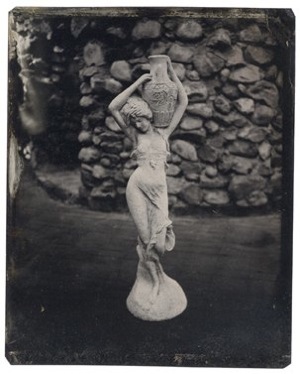
Ferrotype
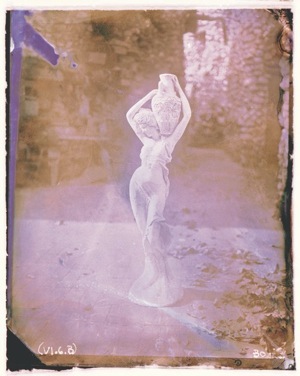
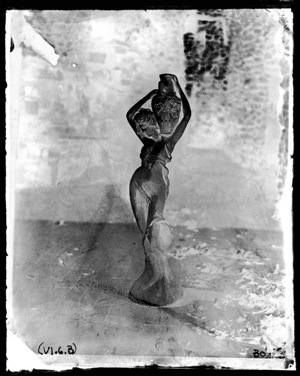
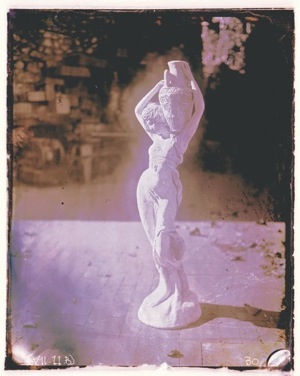
Collodion dry-plate preserved with Tea
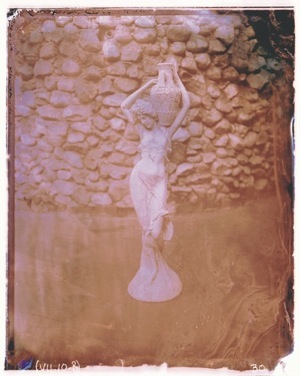
Collodion dry-plate preserved with Coffee
From 2008 to 2011, as part of the Getty Conservation Institute's project on photographic technology research, a series of experimental reproductions were produced using authentic period formulae and materials. The project was to produce two samples each (one for destructive testing and one for archiving) for all the major variations on collodion dry-plate technology. The thesis for the project was baed on the fact the that dry-plate is mentioned in almost all technical manuals of the time, yet few museum objects are labeled as having been produced with this technique. The vast majority of negatives from that time period (roughly 1860-1880) are labelled as, the more common, wet-plate. We posited that it seems highly unlikely that if dry-plate techniques were commonly discussed in the literature of the time, that there not be any existing examples. The research objective was to discover if were possible to determine if this is because of poor record keeping, or that it is in fact the case. Chemical analysis of known example doesn't exist, so period correct facsimiles were produced. In all thirteen different techniques were reproduced. All material 4x5 inches.
Dry-Plate Collodion Project
Collodion dry-plate preserved with tannic acid
Collodion dry-plate preserved with tannic acid,
viewed as a negative
Wet-Plate Collodion Project
To compliment the catalogue of dry-plate material and have a thorough archive of technical variabilities from the time period of ca. 1850-1890, we undertook a second project to produce samples of all the dominant forms of objects made using collodion wet-plate techniques. In all seventeen different techniques were reproduced.
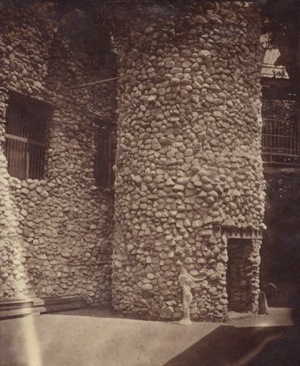
Albumen print from a collodion negative
545 W. Allen Ave. San Dimas, CA 91773 626-335-8575 editions@f-zeroproject.com

